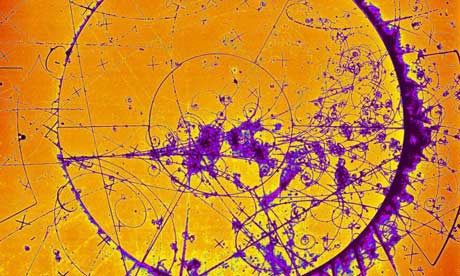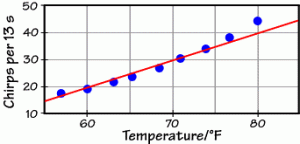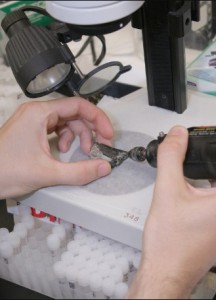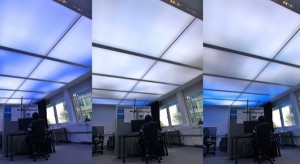There are many videos on YouTube on cool slow-motion videos like water balloons exploding or a bullet through an apple. But what if there was a recording method that can record a travelling photon? Well, our good friends at MIT have accomplished exactly this with their new system of recording an image.

“There’s nothing in this universe that looks fast to this camera” – Andreas Velten, postdoc

Visualizing photons bending around an object. (Source: MIT)
As we know from first year chemistry courses, a photon is a single unit of light like how a metre is a unit of distance. But unlike other types of particles, light shows properties of both a particle and a wave. This means that the photon can carry energy but is also able to radiate around objects and bounce off. Technically, all cameras capture photons – otherwise there wouldn’t be anything in the picture! The difficult thing is to actually capture the movement of a single unit of light before it bounces off anything.
In the end, the question is, how do scientists record something that moves around 300 million metres per second? The answer is technology called ‘streak camera imaging.’ How this works is that there are five hundred light sensors arranged in a line along a streak. This thin line of sensors detects photons bouncing off their surface and translates them as electron signals. The direction of the electrons is perpendicular to the signal. In the end, these hundreds of sensors produce a single slit image as the light travels horizontally. Since the sensors are in a slit, a single run produces a strip of an image – imagine only one line of pixels were lit up at your computer screen right now. The light bean is therefore recorded multiple times with different mirror configurations so that different layers of these strips can be put together to create a coherent movie shown in this post. It is ironic in a sense to see a device so slow in producing a short movie can catch up to a moving light particle.
Andreas Velten, a postdoc and one of the developers of the streak camera describes the device as the “ultimate in slow motion. There’s nothing in this universe that looks fast to this camera.” As a result of the efficiency of this system, it is estimated that the camera can achieve up to a trillion frames per second. For a reference point, the two slow motion videos at the beginning of this post were shot at most 5000 frames per second.
Thankfully, this technology may not just used for making cool YouTube videos. Associate Professor Ramesh Raskar states, “The camera may be useful for medical imaging […] now we can do ultrasound with light because we can analyse how light scatters volumetrically inside the body.” Eventually, he adds, that this technology can be applied to consumer photography as well. So whether you would like to make a video of how light scatters around your room, or you would like to use light to look inside organs, the future looks bright with this new imaging system.
References:

























